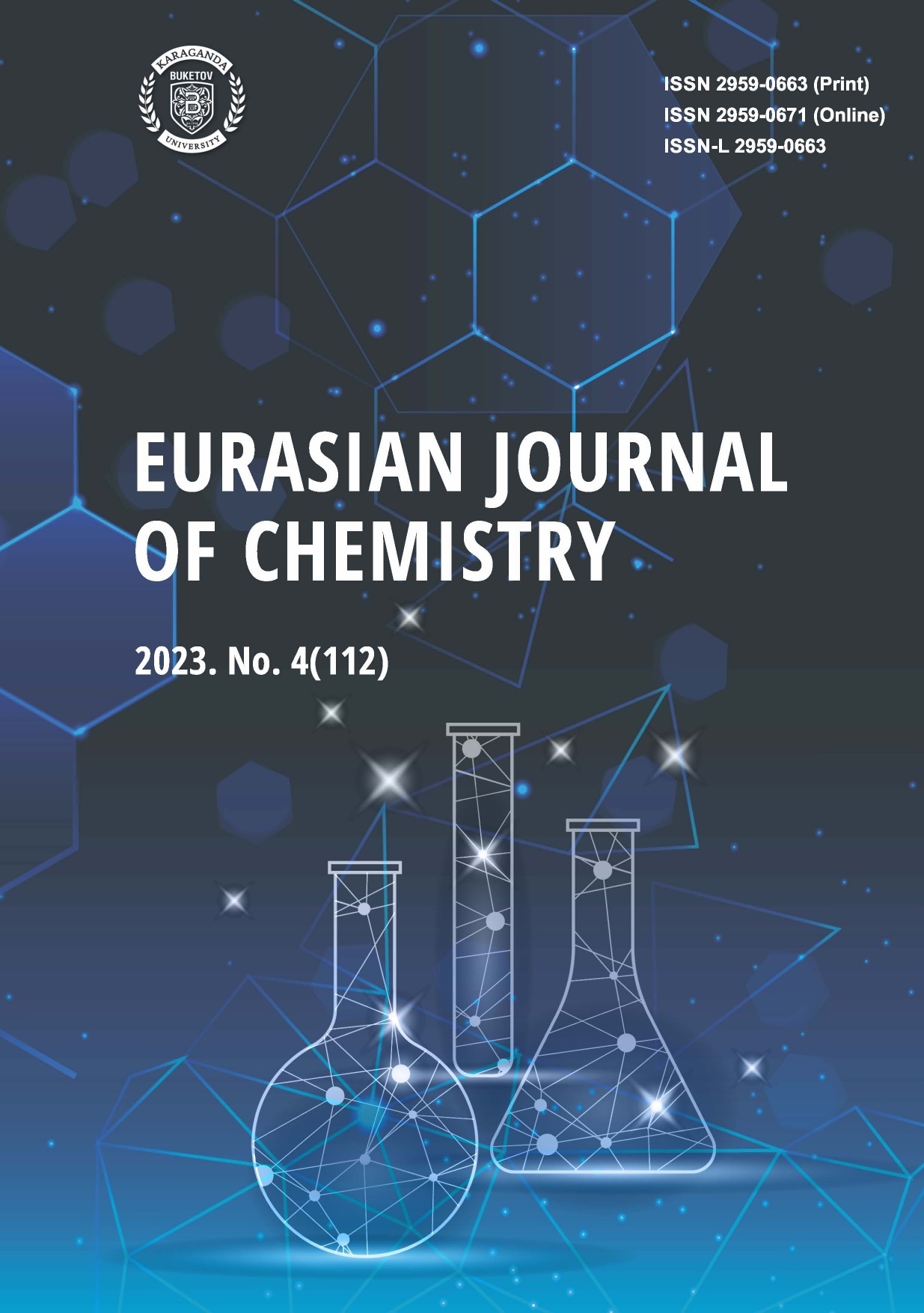Exploring 1,3,4-Oxadiazole Derivatives as Potent α-Amylase Inhibitors: Design, Synthesis, and Biological Evaluation
DOI:
https://doi.org/10.31489/2959-0663/4-23-7Keywords:
1,3,4-oxadiazole derivatives, , α-amylase inhibitors, diabetes mellitus, ADMET, molecular docking, Lipinski's Rule of Five, drug-likenessAbstract
Diabetes mellitus is a growing global health concern, and α-amylase inhibitors have been recognized as promising therapeutic agents for its treatment. This study aimed to design, synthesize and evaluate 1,3,4-oxadiazole derivatives as potential α-amylase inhibitors. A series of 1,3,4-oxadiazole derivatives were designed and subjected to in silico ADMET, Lipinski's Rule of Five, and drug-likeness analysis. The most promising compounds, SC2 and SC8, were synthesized and their α-amylase inhibitory activity was assessed in vitro. The interactions with the human α-amylase (PDB ID: 6Z8L) which is a target protein, was analyzed through molecular docking studies. The designed compounds complied with Lipinski's Rule of Five and exhibited favourable drug-likeness properties. In silico ADMET analysis predicted good absorption and distribution profiles. SC2 and SC8 demonstrated potent α-amylase inhibitory activity with IC50 values of 36.5±1.5 µg/mL and 45.2±2.1 µg/mL, respectively, compared to acarbose (68.9±3.2 µg/mL). Molecular docking revealed that both compounds formed crucial interactions with key amino acid residues in the enzyme’s active site. The binding affinities of SC2 and SC8 were -10.1 kcal/mol and -9.1 kcal/mol, respectively. The 1,3,4-oxadiazole derivatives, particularly SC2 and SC8, demonstrated potential as α-amylase inhibitors with favorable ADMET properties. These findings provide a basis for further optimization and development of these compounds as novel antidiabetic agents.
Downloads
Published
How to Cite
Issue
Section
License
This work is licensed under a Creative Commons Attribution-NonCommercial-NoDerivatives 4.0 International License.
Authors retain copyright and grant the journal right of first publication with the work simultaneously licensed under a Creative Commons Attribution License (CC BY-NC-ND 4.0) that allows others to share the work with an acknowledgement of the work's authorship and initial publication in this journal.




